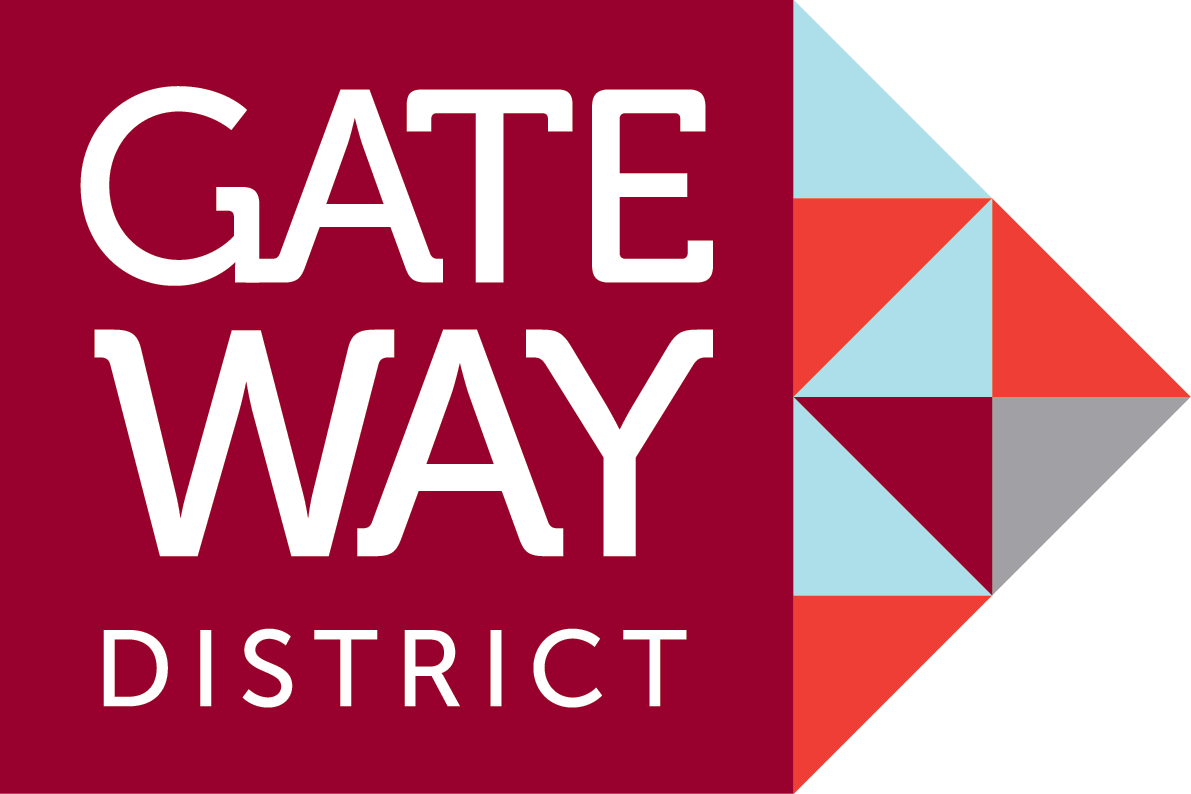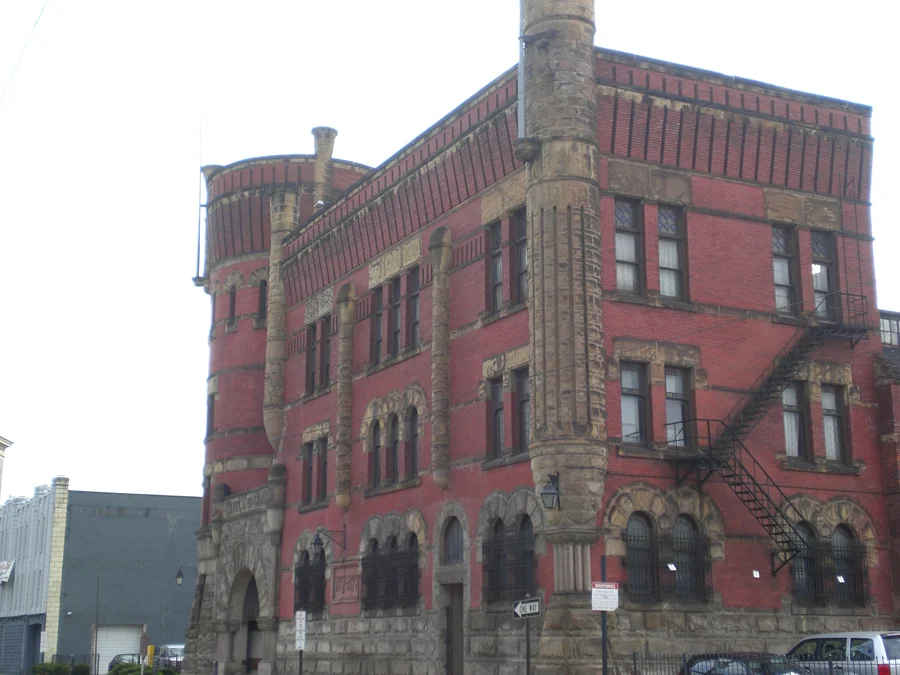The Historic Conservation Easement Program is a useful historic preservation development tool that both preserves historic structures and provides important equity to development projects that include historic structures.
Below are some frequently asked questions about Historic Conservation Easements. For more information, call Tom Yablonsky, Executive Director at 216.771.1994 or tyablonsky@clevelandgatewaydistrict.com.
What is an historic conservation easement?
An owner donates to the recipient organization the right to prevent all present and future owners from making changes to an historic property, which would destroy its historic character. Otherwise, the owner retains all rights of ownership. The donated easement is attached to the deed and recorded at the county courthouse.
What properties are eligible?
An easement can be taken for any property – commercial, industrial buildings or open space. An easement can be donated before, during or after rehabilitation though the timing of an easement can have substantial tax consequences. In order to receive a tax deduction, the property must be listed on the National Register of Historic Places, be in a certified local historic district or be eligible for the National Register.
What are the benefits to an Owner?
The property will be protected.
The value of the easement can be used as a charitable contribution.
Real estate tax is lower.
Documentation and photos of the property are recorded at the recipient organization.
How restrictive is an easement?
The owner decides. Generally, an easement prevents owners and future owners from demolishing the structure of from altering the exterior of the building without consulting the recipient organization. Easements can also protect significant interiors or open spaces.
What does an owner give up?
The owner gives up the right to make changes to the property without consulting the recipient organization. However, the owner continues to use and control the property.
Does an owner have to open the building to the public?
Not necessarily, but some owners include provisions to allow the public an opportunity to appreciate their historic building, which in turn increases the value of the easement.
Who accepts the easement?
The recipient organization – Historic Gateway Neighborhood Corporation is eligible to receive easement donation.
How much is the tax deduction worth?
The value of the easement, the deductible amount is roughly 10-15% of the value of the property as a tax deduction. However, this value may increase depending upon the level of restrictions and whether the interior of the building is included in the easement. Lost Development potential can dramatically increase the value of easement, however take substantial due diligence to demonstrate.
Exterior or interior easements can allow change of use and configuration changes as long as they are in accord with the Secretary of Interior Standards for historic preservation.
An appraiser who is hired by the owner sets the easement value.
How much does it cost to donate an easement?
The owner pays three (3) fees:
To the recipient organization, a one-time processing cost of $2,000 (est.) for consultation, photos and legal work.
To the recipient organization, a yearly monitoring cost. (see attached Fee Schedule). This covers an annual review of each property and staff time to respond to owner’s questions.
An endowment and support fee. This amount is used to carry the program operation into perpetuity for legal defense, ongoing design reviews for all proposed future work and changes to the building, additional monitoring that may be required to defend and protect the easement, additional reserve (endowment) for escalating yearly required monitoring costs (staff time/photo documentation/record keeping, etc.) A yearly review must occur ongoing forever to sustain the legal integrity of the program. In addition, these funds are used to support, encourage and sustain the easement program.
The appraiser charges the owner separately.
Architectural/Historic Preservation Technical Services for Lost Development Potential Analysis – where lost development potential is possible this can have a dramatic impact on the value of the easement. This cost the owner pays separately.

